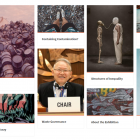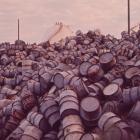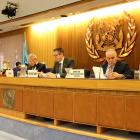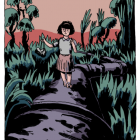Hazardous Hope
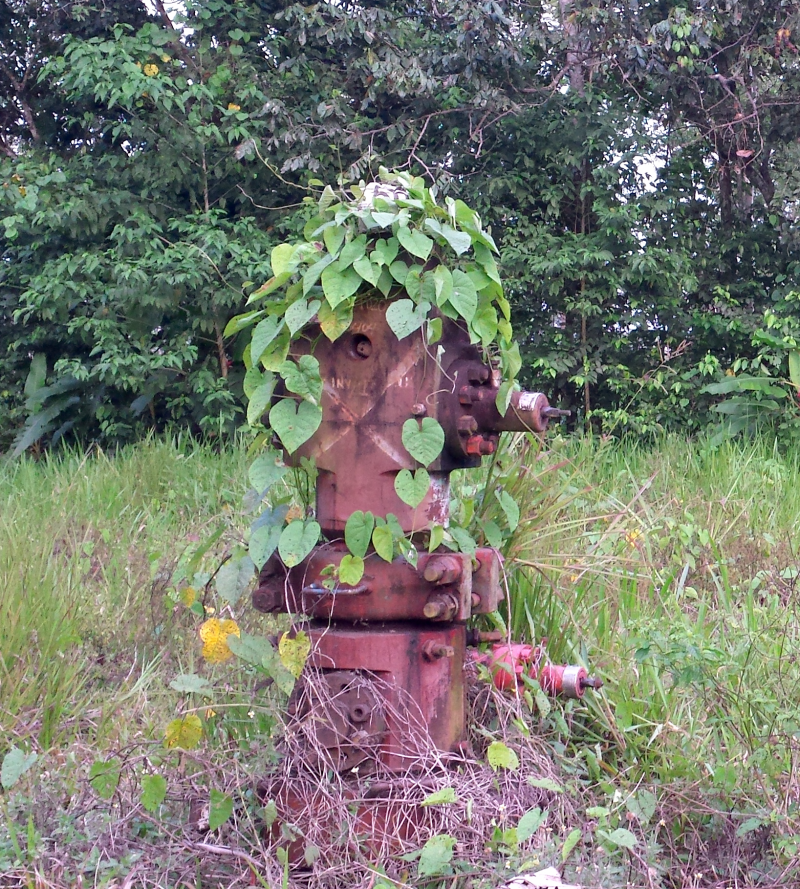
An abandoned wellhead in the Ecuadorean Amazon, which is slowly being reclaimed by the rainforest. Photograph by Theresa Leisgang, 2018.
An abandoned wellhead in the Ecuadorean Amazon, which is slowly being reclaimed by the rainforest. Photograph by Theresa Leisgang, 2018.
2018 Theresa Leisgang
 This work is licensed under a Creative Commons Attribution-NonCommercial-NoDerivatives 4.0 International License.
This work is licensed under a Creative Commons Attribution-NonCommercial-NoDerivatives 4.0 International License.
When you discover the histories and legacies of hazardous waste around the world, it is hard not to let a sense of despair creep in. Too many humans and more-than-humans have died bearing a burden that did not correspond to them, while others shipped their waste away—out of sight, out of mind. Yet, the history of hazardous waste would not be complete without the inspiring stories of resistance and resilience born out of the fight against the toxic materiality of other people’s waste. Local and international activist movements achieved much more than making waste disposal fairer and more sustainable. They can offer a sense of hope—a hazardous hope, that is.
Community resistance from Love Canal to Haiti
Initially, local initiatives spearheaded the resistance against landfills for hazardous waste and incinerators. Community residents were the first to notice the devastating public health effects of waste management infrastructure, yet their concerns were often not taken seriously by government officials and company owners. In the United States, Love Canal became an emblematic case that would change the legal framework for dealing with hazardous sites. Once the residents of this neighborhood in the vicinity of the Niagara Falls realized that they had been living on top of an abandoned hazardous waste dump for decades, they launched a protest that finally caught the attention of national media and the federal government in the 1970s. As a far reaching repercussion to the benefit of other marginalized communities, the US Congress passed the Superfund Act in response to the Love Canal incident, paving the way for remedial actions at heavily contaminated sites across the country.
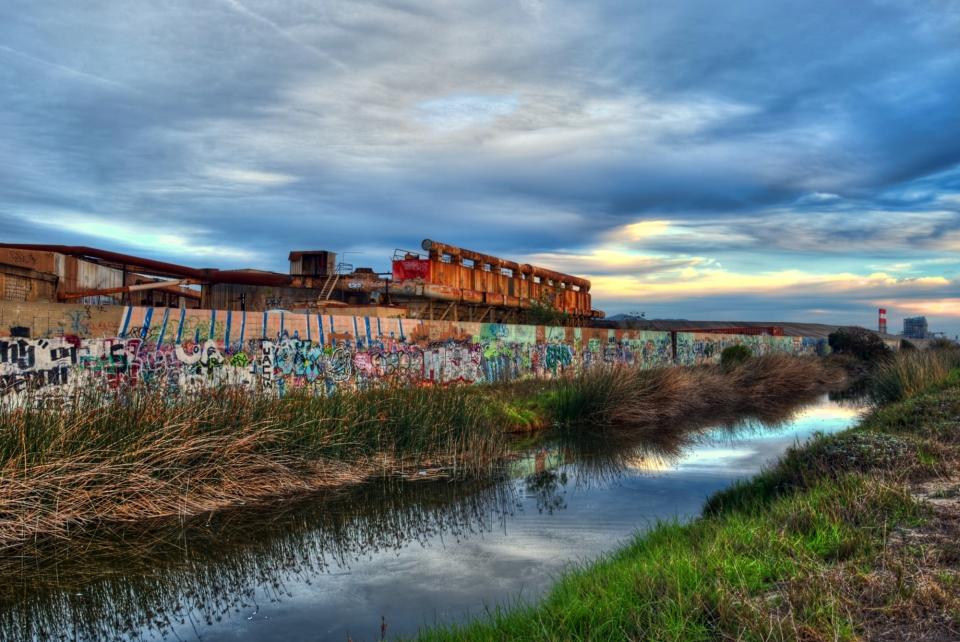
The former metal smelter of the Halaco Engineering Company in California is one of more than 1300 Superfund sites in the United States that are slowly getting cleaned up. The metal and radioactive waste at this site contaminates the adjacent Ormond Beach wetlands. Photograph by Wendell Ward, 2009.
The former metal smelter of the Halaco Engineering Company in California is one of more than 1300 Superfund sites in the United States that are slowly getting cleaned up. The metal and radioactive waste at this site contaminates the adjacent Ormond Beach wetlands. Photograph by Wendell Ward, 2009.
2009 Wendell Ward
Accessed via Flickr on 21 April 2021. Click here to view source.
 This work is licensed under a Creative Commons Attribution-NonCommercial-NoDerivs 2.0 Generic License.
This work is licensed under a Creative Commons Attribution-NonCommercial-NoDerivs 2.0 Generic License.
The global waste trade turned the hazardous garbage from North American cities into a problem in other countries as well. In response, local activists in Haiti, for instance, joined forces to fend off shipments with incinerator ash from Philadelphia destined for the port of Gonaïves. At a point when this supposedly hazardous waste had already been partly dumped on the island, Haitian radio stations helped to publicize and politicize the incident in 1988. Independent stations such as Radio Haiti-Inter and their prominent news anchor Jean Dominique served both as a network for information dissemination and as a channel for the initiation of protest. By alerting both Haitians throughout the country and foreigners to the cause of “déchet toxique”—toxic waste—Radio Haiti-Inter played a major role in turning Haitians against the US waste traders. Such forms of self-empowerment raised public awareness of problems ignored by elites and had very tangible effects: the incinerator ash was removed and disposed of in a sealed landfill.
The involvement of environmentalist NGOs further internationalized such local protests to effectively counter the global operations of waste traders. Greenpeace launched its Global Toxic Trade Campaign in the late 1980s, catching the attention of media outlets around the world. Andreas von Bernstorff was a crucial figure behind this successful campaign by Greenpeace—do not miss his stories in an exclusive interview with Jonas Stuck (in German). Together, this global environmental alliance managed to bring a process to conclusion that for a decade had been stalling in dusty backrooms populated by toothless administrators: the creation of an internationally binding regulatory system for the trade in hazardous waste material in the form of the United Nations’ Basel Convention. Notwithstanding their flaws, such regulatory frameworks provided more control for affected countries and, in the end, helped to prevent unsuspecting communities from suddenly being buried in other people’s hazardous waste.
The original exhibition includes the film “The Long Term You Cannot Afford” by SAVVY Contemporary, with artistic interventions, music, and poetry all related to toxicity. The event kicked off with a talk by Simone Müller. View the film online here: https://youtu.be/a47oOUc4YFY.
Take some time and have a look at the fascinating “The Long Term You Cannot Afford” by SAVVY Contemporary, with artistic interventions, music, and poetry all related to toxicity. The event kicked off with a talk by Simone Müller.
Toxic commons and the arts
The arts are, alongside activism and investigative journalism, another source for hope in exposing dubious deals in the world of hazardous waste. The Nigerian poet and screenwriter Ken Saro-Wiwa of the ethnic group of the Ogoni ended up giving his life denouncing the environmental catastrophe brought upon his homeland by the Shell oil company. His written testimonies and nonviolent protests made a difference in an unequal fight against the oil company’s neglectful waste management in the form of countless oil spills and air pollution through gas flaring. After he was executed by the military dictatorship in 1995, his children continued his legacy. His daughter Zina Saro-Wiwa, for instance, is an engaged visual artist herself. In her video and photographic works, she combines the cultural heritage of her people with the toxic imprint of the oil industry in the Niger delta. Instead of limiting herself to the stories of doom readily available in Ogoniland, Zina Saro-Wiwa encourages her audiences to see hope and possibilities in the ruins.
The original exhibition features an interactive gallery of images of Inspiring actors fighting hazardous waste. View the images on the following pages.
Inspiring actors fighting hazardous waste

Illustration by Jonas Stuck, 2021.

This work is licensed under a Creative Commons Attribution-NonCommercial-NoDerivatives 4.0 International License
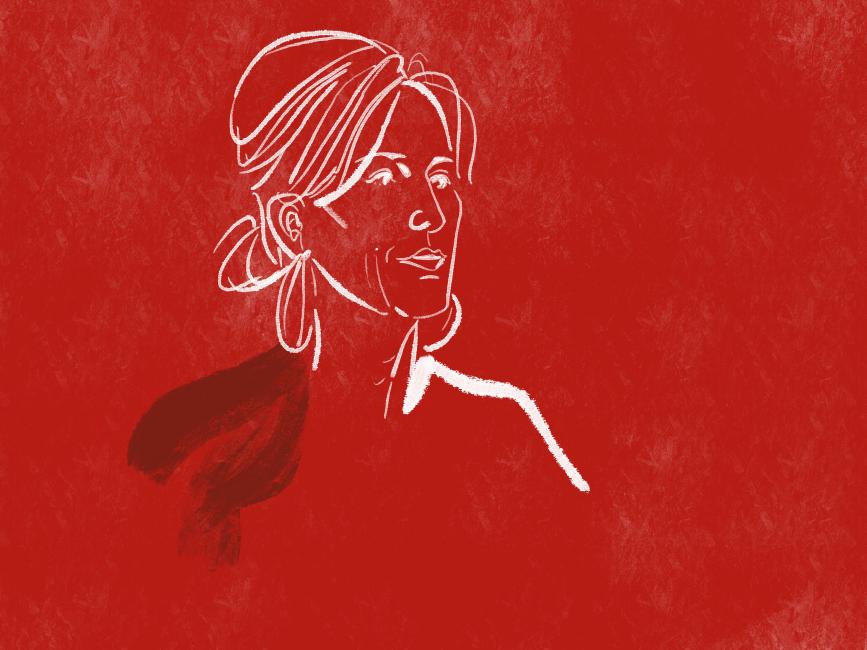
Illustration by Jonas Stuck, 2021.

This work is licensed under a Creative Commons Attribution-NonCommercial-NoDerivatives 4.0 International License
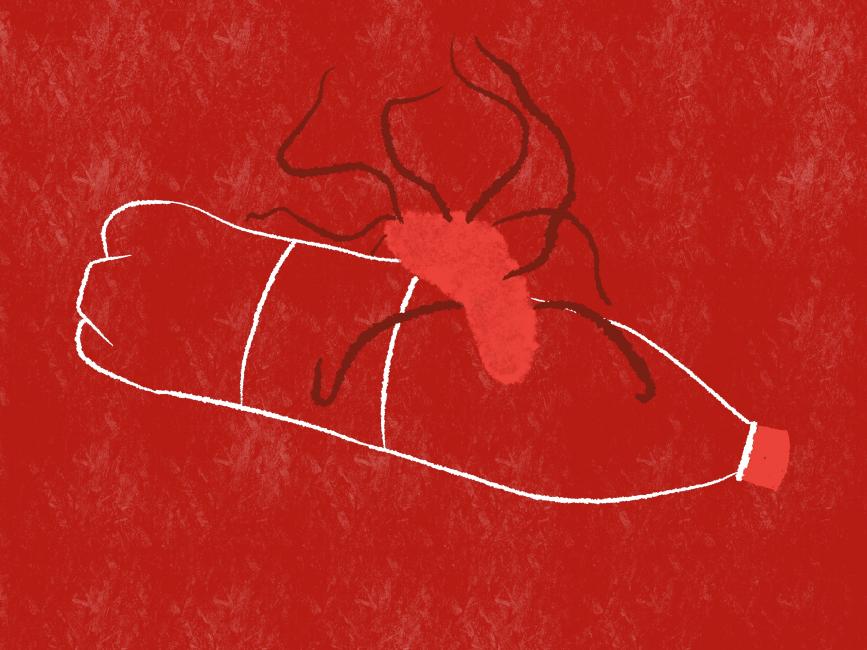
Illustration by Jonas Stuck, 2021.

This work is licensed under a Creative Commons Attribution-NonCommercial-NoDerivatives 4.0 International License

Illustration by Jonas Stuck, 2021.

This work is licensed under a Creative Commons Attribution-NonCommercial-NoDerivatives 4.0 International License
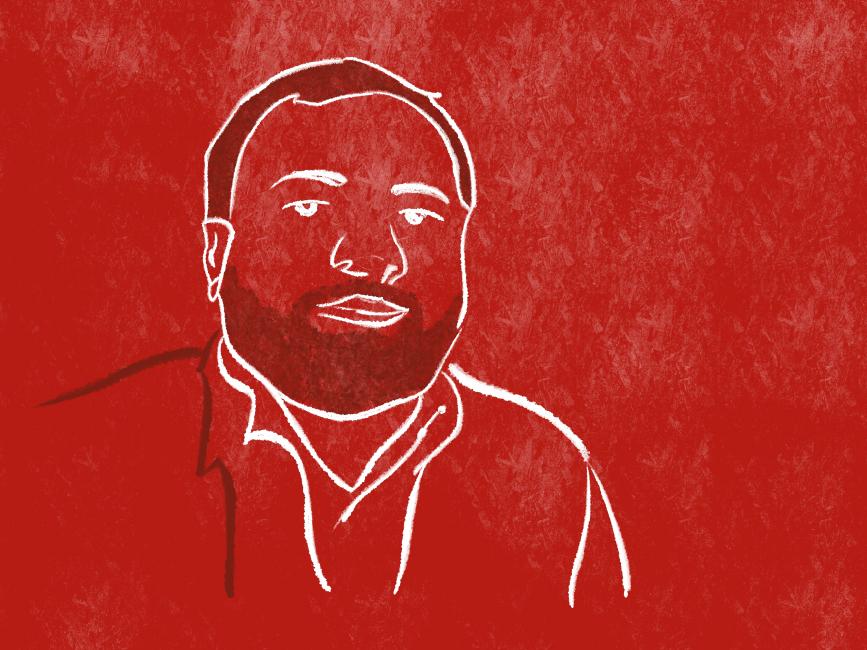
Illustration by Jonas Stuck, 2021.

This work is licensed under a Creative Commons Attribution-NonCommercial-NoDerivatives 4.0 International License
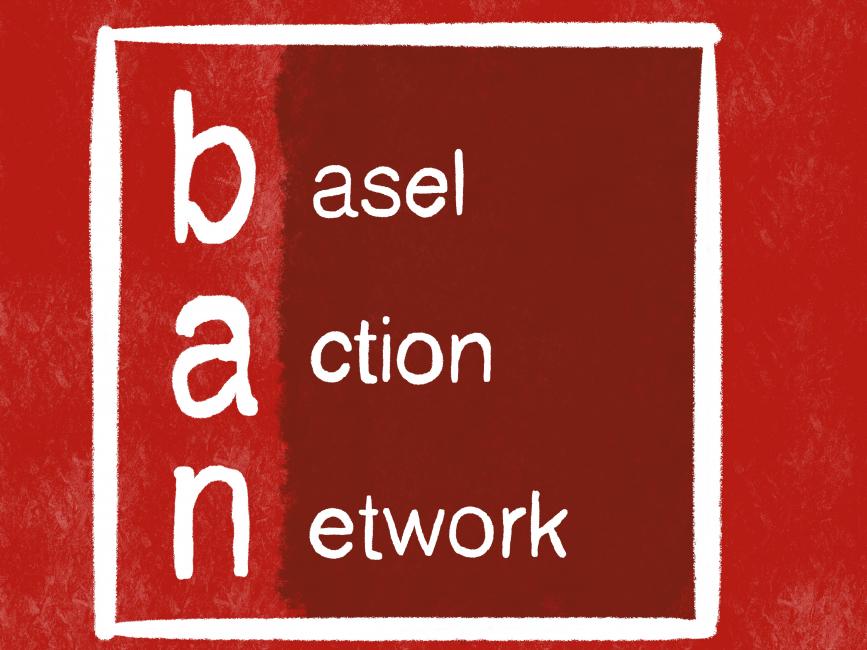
Illustration by Jonas Stuck, 2021.

This work is licensed under a Creative Commons Attribution-NonCommercial-NoDerivatives 4.0 International License






And hope is one way forward to coping with life in a toxified world. The intergenerational and international acts of awareness and resistance of the Saro-Wiwas and so many others not only rely on hopeful narratives, but can become the substance of hopeful stories themselves. In times when personal, academic, and media stories are full of decline, such hopeful narratives help, to some extent, to counterbalance the omnipresent doom of environmental storytelling. On a more personal note, researching the many negative aspects of the waste economy for many years, we as researchers look out for more hopeful stories that could contradict the usual fatalistic narratives. Hopeful narratives can be told to inspire action instead of extinguishing it and, in this sense, are not seen as a naive solution to a complex problem but rather a call for further engagement with the subject.
Understanding that toxicity has become a shared—however unevenly—predicament as it permeates bodies and borders can be a step towards more environmental justice globally. As Environmental Humanities scholars we call for a sense of shared responsibility borne out of the acceptance of the global communality of toxic exposure: there are toxic chemicals in our bodies no matter who we are and where we come from. The Hazardous Travels research group calls this state of the world and this state of mind the “toxic commons.” Yet, this shared reality of contamination remains highly unequal. Some communities share a deadlier burden than others; in fact, they have been transformed into dumping sites for the wellbeing of others. Listening to, speaking, and thinking with particularly burdened communities offers ways to understand and support practices of care and resistance to find ways of living within the toxic commons. Working towards local resilience and empowerment of especially affected communities can remediate at least part of the historical injustices inflicted by hazardous waste dumping. The toxic commons also carry a political message, especially for the privileged, better-off, and less-polluted. The shared conditions call everyone to care nor only for what is close to them, but for what could be close to anyone, everywhere.







